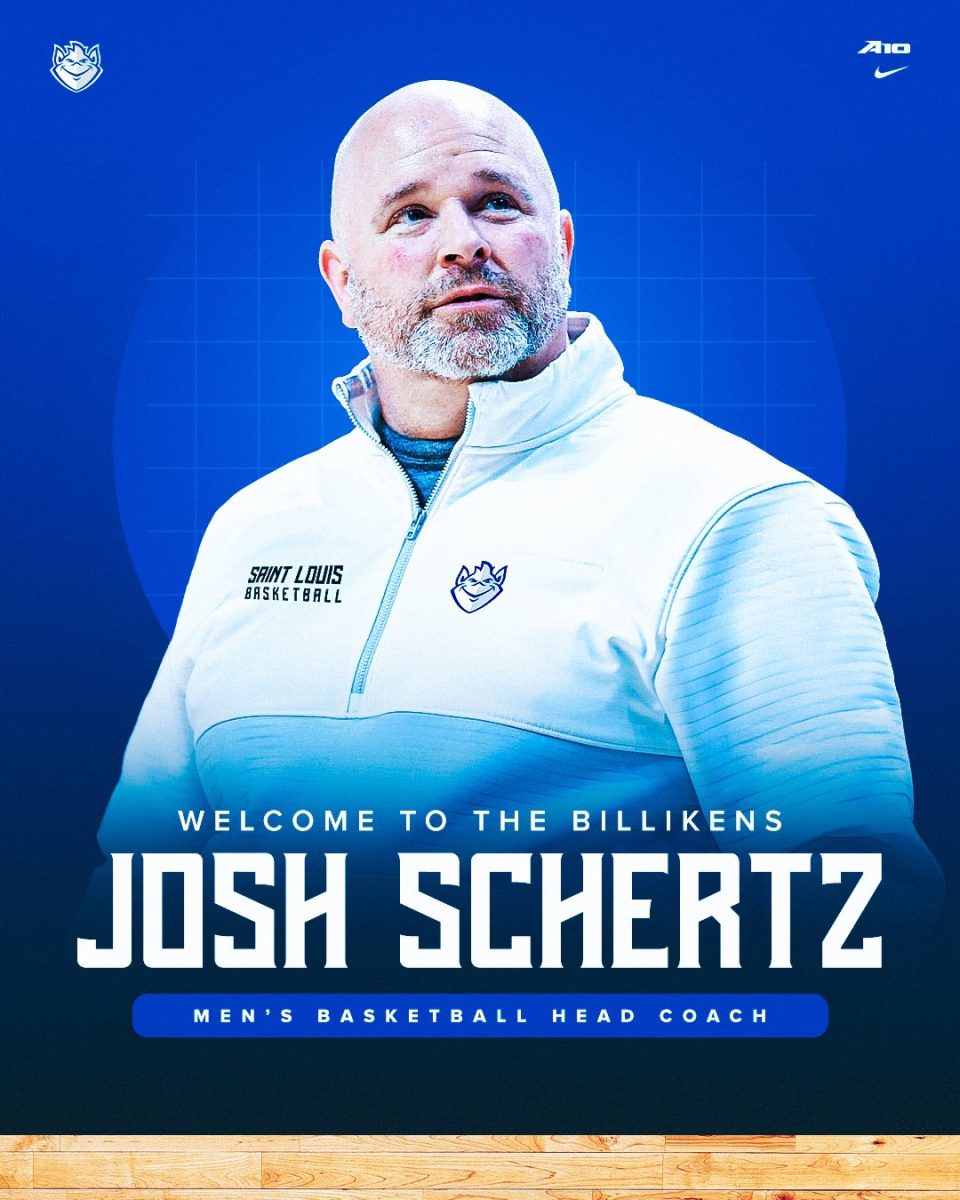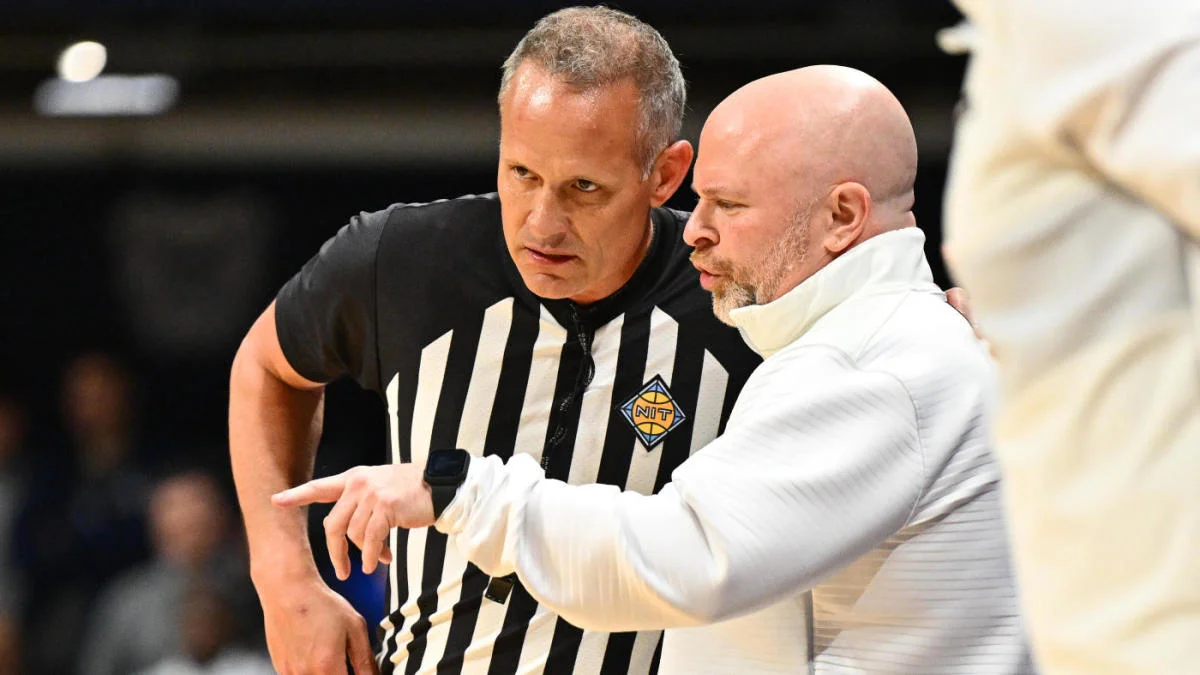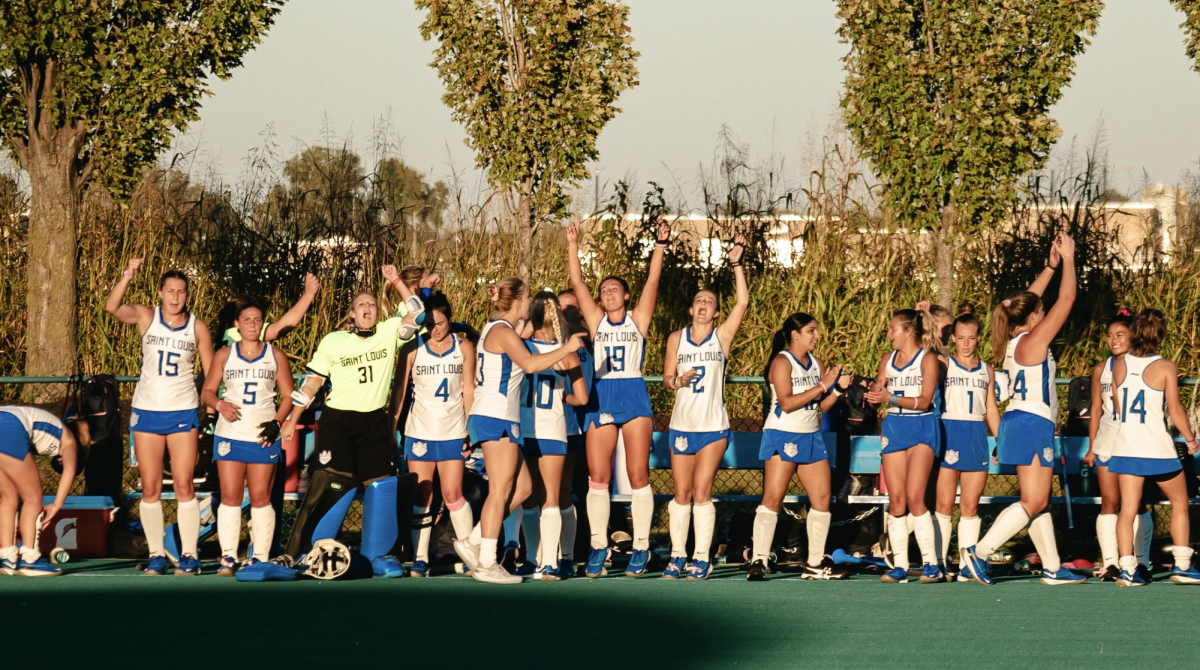This is the first in a series of Title IX features. Next week the legal cases of Title IX will be examined.
No one knew the effect one sentence would have on collegiate athletics.
No person in the United States shall, on the basis of sex, be excluded from participation in, be denied the benefits of, or be subjected to discrimination under any education program or activity receiving Federal financial assistance.
With these words, Title IX was born in 1972 as part of the Education Amendment of 1972 to the 1964 Civil Rights Act.
Title IX’s origins began in presidential executive order 11246 in 1965, which prohibited employers from discriminating on the basis of race, color, religion or national origin by federal contractors. Johnson amended the order in 1968 by including discrimination based on sex as part of the bill.
Bernice R. Sandler, a lecturer at the University of Maryland at the time, first used the order to benefit women.
“I had made the connection,” said Sandler, “that, since most universities and colleges had federal contracts, they were forbidden from discriminating in employment on the basis of sex.”
Based on Sandler’s revelation, Representative Martha Griffiths from Michigan gave the first speech in the U.S. Congress dealing with discrimination against women in education.
\Three weeks later, the first contract compliance investigation involving sex discrimination began at Harvard University.
In June and July 1970, Representative Edith Green of Ohio drafted legislation that would eliminate sex discrimination in education and, later, held the first congressional hearings on the education and employment of women.
These hearings were the first legislative step towards Title IX. The original bill was part of a larger measure proposed to amend Title VII of the Civil Rights Act of 1964.
The bill was changed in the House-Senate conference committee. Honoring the requests of African-American leaders and their supporters who worried that amending Title VII could weaken it, Rep. Green proposed a new title, which became Title IX.
No one imagined the impact that Title IX would have on college athletics. Higher education lobbied neither for nor against the bill. Elementary and secondary education schools had little knowledge of the bill because it dealt with higher-education issues.
Congress passed the bill on June 8, 1972 and President Richard Nixon signed Title IX into law on June 23, 1972.
It was the first time that the issue of women’s collegiate athletics reached the status of a public awareness and consciousness.
Although Title IX was legalized in 1972, the Department of Health, Education and Welfare took three years to create regulations regarding Title IX. President Gerald Ford signed these regulations into law in May 27, 1975. Colleges were allowed a three-year grace period to comply with the athletic stipulations of the act.
The stipulations state: School systems receiving federal funds must designate at least one employee as the Title IX coordinator to oversee compliance efforts and investigate complaints of discrimination; all students and employees must be given the proper channels to contact the coordinator; grievance procedures and nondiscrimination policies must be made public; school systems had to perform a one-time self-evaluation to modify practices that fail to comply with Title IX; school systems may take steps to increase the participation of students in programs where discrimination has occurred.
Even though Title IX was initiated on June 4, 1975, greater clarification was needed. The Department of Health, Education and Welfare issued final guidelines that took effect in September 1979. The loss of federal funding was the penalty for institutions that failed to comply with the new law.
The 1979 Intercollegiate Athletics Policy Interpretation divided athletics into three major categories to be analyzed for compliance.
The first is Accomodation of Interests and Abilities (sports offerings). The second is Athletic Financial Assistance (scholarships).
The third is the most extensive: Other Program areas include equipment and supplies, scheduling of games, travel and per diem accounts, tutoring, coaching, locker rooms and facilities, medical training, housing and dining facilities, publicity, support services and recruitment.
During the Reagan administration, legal actions challenged Title IX. Some institutions felt that the application of Title IX did not belong in college athletics. They stated that only programs receiving federal funds were covered by the new law.
Because no athletic programs directly receive funding, it was argued that Title IX should be program specific. The Office of Civil Rights disagreed; if a college received funding, then all its programs must be in compliance of Title IX.
The Reagan administration favored the “program-specific” view. Reagan vetoed the Civil Rights Restoration Act in 1988. It restored the institution-wide coverage of Title IX.
Congress overrode the veto and the Office of Civil Rights began to investigate complaints of sex discrimination in sports. Institutions realized that the loss of funding was imminent.
In spring 1992, the NCAA Gender-Equity Task Force was created to respond to the gender equity issues raised in the 1992 Gender-Equity study. The study showed that males made up nearly 70 percent of participants in collegiate sports and received 77 percent of the institutions’ budgets and 83 percent of recruiting finances, despite the near even distribution of undergraduate gender enrollment.
Title IX states that if an institution sponsors an athletic program, it must provide equal opportunities for both sexes. Compliance is a difficult issue for the NCAA to enforce, mainly because it is open to interpretation.
The proper analysis for compliance deals with whether equivalent percentages of female and male athletes are provided equivalent “quality and quantities of benefits and services.” This usually means that more women’s teams than men’s teams are given superior benefits and services to achieve compliance.
The Office of Civil Rights uses a three-pronged test of compliance. The first is proportionality. Proportionality deals with the undergraduate population at the institution in question. “Does a college provide intercollegiate athletic opportunities for male and female students in numbers substantially proportionate to their enrollment?” If 56 percent of undergraduates are women, are 56 percent of the athletes women?
The second prong dealt with is historical effort. “Does the school have the continuing history of expanding athletic opportunities for women?”
The third aspect the Office of Civil Rights looks at is whether the institution is meeting the needs of the students. “Has the school demonstrated success in meeting the `interests and abilities’ of the female students?” This test gives the institution multiple ways to reach compliance with Title IX.
A violation of Title IX exists when an equal athletic opportunity for a student of one sex is denied. The Office of Civil Rights makes the decision on whether a violation has occurred.
Some of the problems that affect this decision are offering a sport to one sex and not another, not offering enough scholarships to one sex and disproportionate spending in recruiting.
An institution must follow one of the three aspects in order to be in compliance with Title IX.
One issue that is confusing is that not every sport is compared. Women’s soccer is not compared to men’s soccer.
Rather, all the women’s programs at an institution are to all the men’s programs. If a men’s team travels overseas, a women’s program has to be given the same opportunity.
In June 1997, President Bill Clinton commemorated the 25th anniversary of Title IX’s passage by encouraging federal agencies to enforce the application of Title IX.
“Every school and every educational program that receives federal assistance in the entire country must understand that complying with Title IX is not optional. It is the law and must be enforced,” said Clinton.
Clinton then gave federal agencies 90 days to submit “new and vigorous enforcement plans.”
Statistics from 1997 indicated that Title IX had made an impact, but that most NCAA institutions were still far from fulfilling the intent of Title IX.
According to a study by The Chronicle, women constituted 38 percent of the athletes in Division I sports. But athletics departments spent 39 percent of their financial-aid budgets, 29 percent of their operating budgets and 28 percent of their recruiting budgets on women’s teams.
“The numbers show steady progress,” said Cedric W. Dempsey, executive director of the NCAA. “It is not as rapid as we would like, but it is moving in the right direction. I think there is still great sensitivity among the membership in terms of increasing our commitment.”
“One thing that helps is that every school goes through NCAA certification,” said Lori Flanagan, senior associate director of athletics and senior women’s administrator. “Every school must present a minority plan and a Title IX plan. The Committee of Athletic Certification holds you to that plan. This puts a lot of programs on notice that they need to make changes.”
Flanagan feels that Title IX’s effects go far beyond the playing field and have affected men.
“Title IX has given men an appreciation for other humans, whether that means women or minorities,” Flanagan said.
“It makes everyone more equal. It’s made the culture and society more professional and appreciative of others’ differences.”







